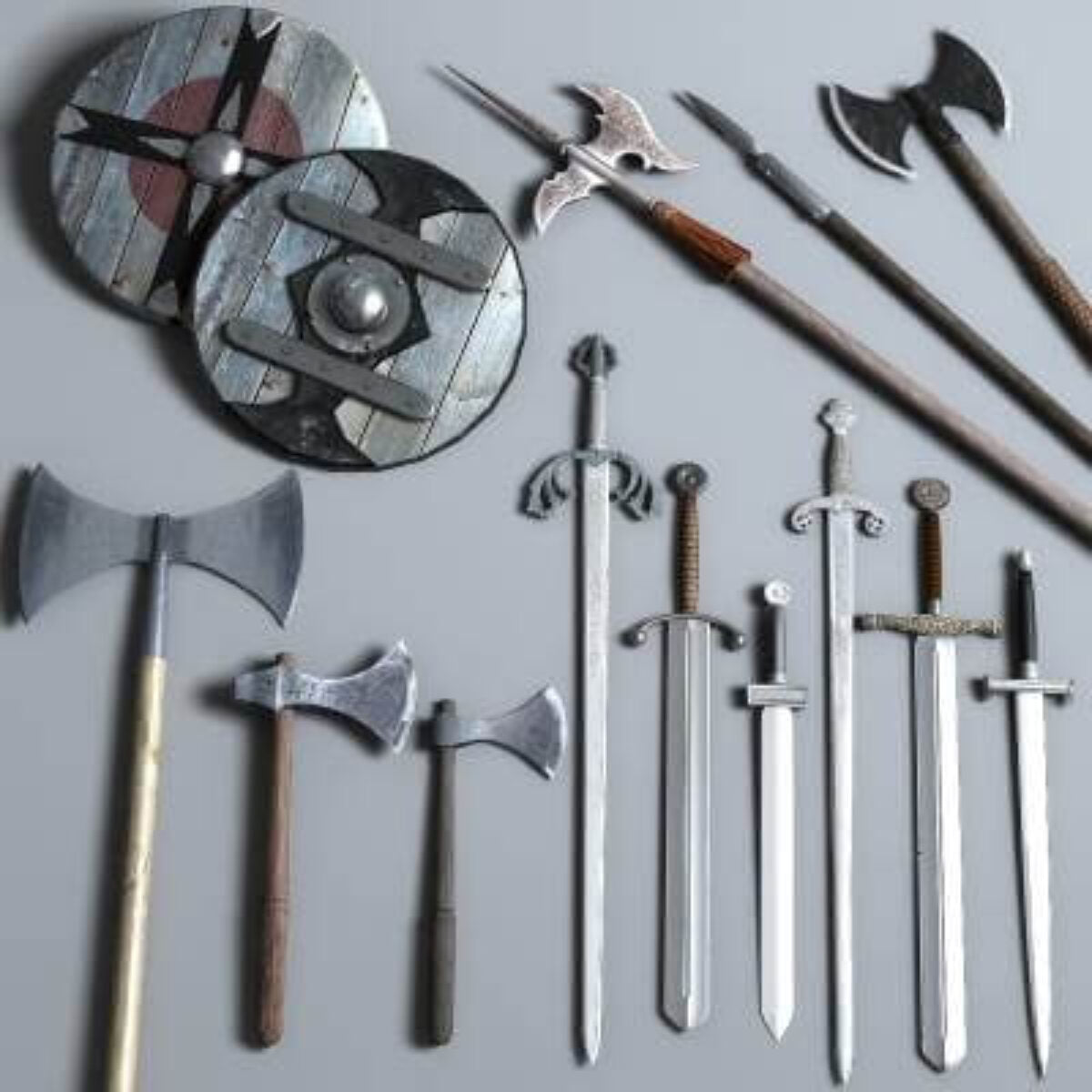Viking runes are an ancient system of writing and divination that hold a profound place in Norse history and culture. These enigmatic characters, carved into stones, wood, and metal, have intrigued scholars and enthusiasts alike for centuries. In this blog post, we will embark on a journey to explore the fascinating world of Viking runes, uncovering their history, meanings, and various uses in Viking society.
-
Origins of Viking Runes
- Runic Alphabets: We will delve into the various runic alphabets, such as the Elder Futhark, Younger Futhark, and Anglo-Saxon Futhorc, and their historical origins.
- Mysterious Origins: The exact origin of runic writing remains elusive, but we will explore prevailing theories on its development within the context of Germanic and Norse cultures.
-
Writing and Inscriptions
- Runic Inscriptions: Viking runes were extensively used to inscribe gravestones, artifacts, and everyday objects.
- Rune Stones: We will discuss the significance of rune stones as historical markers and memory keepers, carrying messages of triumph, grief, and love.
-
Meanings and Interpretations
- Divination: Runic divination, known as "rune casting" or "runecasting," was a common practice among the Vikings for seeking guidance or gaining insights into the future.
- Symbolism: We will explore the symbolic meanings associated with individual runes, including Fehu (wealth), Ansuz (inspiration), and Algiz (protection).
-
Magical and Ritual Uses
- Bindrunes: The Vikings used bindrunes, which are combinations of two or more runes, for magical purposes, protection, and healing.
- Amulets and Talismans: Runic symbols were engraved on amulets and talismans as protective charms and tools for various intentions.
-
Runic Poetry and Literature
- Runic Poems: Viking poets composed verses that celebrated the runes and their symbolic significance in skaldic poetry.
- Runic Codes: Runic inscriptions were occasionally used to create cryptic codes and encrypted messages.

Conclusion: Viking runes are an integral part of Norse heritage, representing a writing system, a divinatory tool, and a source of mystical wisdom. The runes have captivated the imagination of generations, offering glimpses into the beliefs, history, and cultural practices of the Viking people. By understanding the history, meanings, and uses of Viking runes, we gain a deeper appreciation for the rich legacy they have left behind.
Works Cited:
- Abram, Christopher. Myths of the Pagan North: The Gods of the Norsemen. Continuum, 2011.
- Elliott, Ralph W. V. Runes: An Introduction. Manchester University Press, 1959.
- Looijenga, Jantina Helena. Runes Around the North Sea and on the Continent AD 150-700: Texts and Contexts. Brill, 1997.
- Page, R. I. An Introduction to English Runes. Boydell Press, 1999.





Leave a comment
This site is protected by hCaptcha and the hCaptcha Privacy Policy and Terms of Service apply.